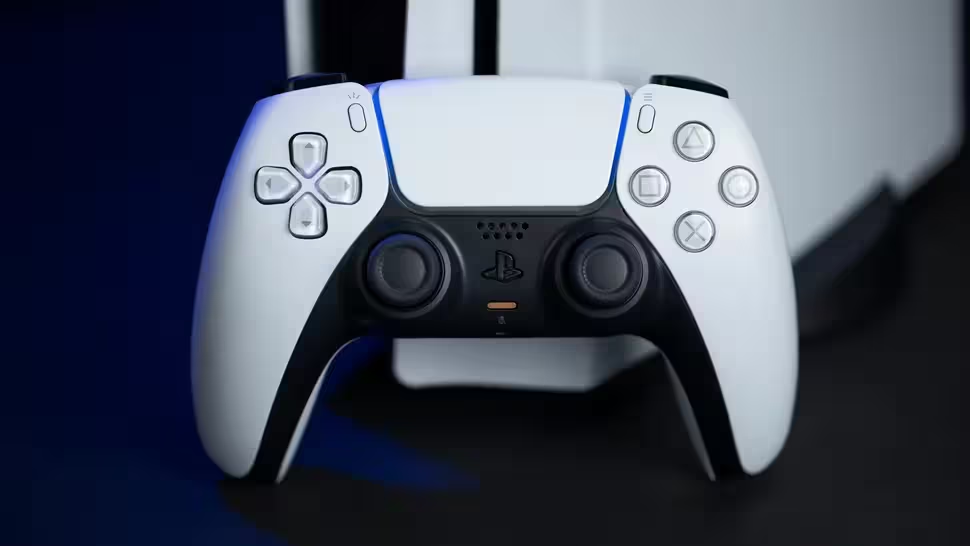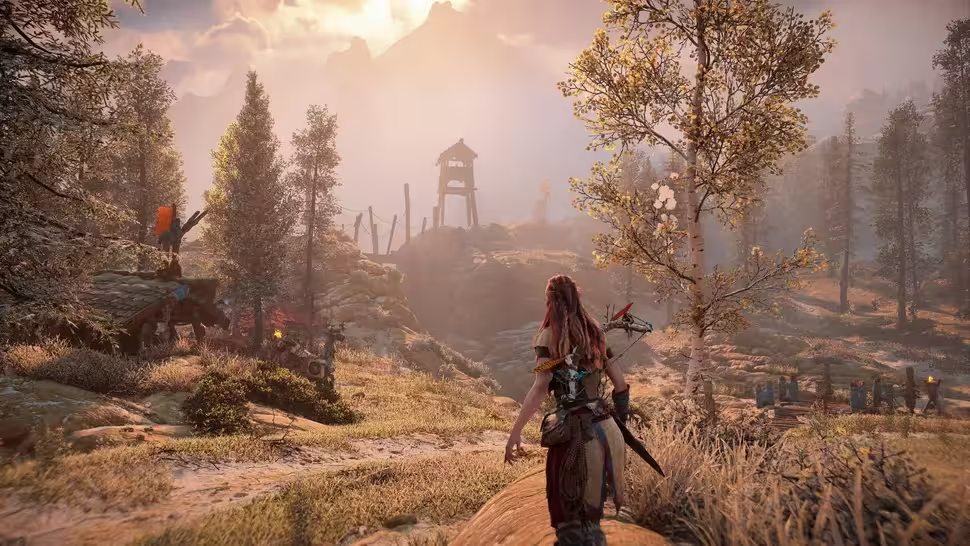8 Minutes
Rethinking the Next Console Generation Hype
The gaming world is already buzzing with anticipation for the next generation of consoles, with Sony and Microsoft hinting at a possible 2027 launch for the PlayStation 6 and the next Xbox. But is it really time to get excited? Or are we letting cycle-driven expectations outpace current technological possibilities and genuine innovation?
The Traditional Console Cycle—and Why 2027 Makes Sense (But Also Doesn’t)
The console industry has long followed a rhythm: new hardware releases every six to seven years. The PlayStation 5 and Xbox Series X/S dropped in late 2020, so a 2027 release aligns with historical patterns. However, this automatic jump to the “next” thing ignores how real-world interruptions—like the COVID-19 pandemic—have extended the practical lifespan and impact of current-gen platforms.
Supply chain disruptions and global delays meant that both hardware availability and next-gen exclusive game releases suffered during the crucial first two years. The result? A flood of cross-generational titles and fewer genuinely transformative gaming experiences unique to PS5 and Xbox Series X/S.
Current-Gen Consoles: Untapped Potential Remains
From my own time hands-on with both PS5 and Xbox Series X, it’s clear these consoles represent engineering excellence. The Xbox Series X stands as Microsoft’s flagship, big on power, while the PlayStation 5 distinguishes itself with its stunning DualSense controller and a clever suite of system innovations. Yet, despite these advances, the era-defining leap expected from “next-gen” has felt muted.
Whether it’s playing God of War or The Last of Us Part 2 at buttery-smooth 60fps, many marquee experiences still straddle the fence between generations. Developers, understandably, hedged bets across PS4/Xbox One and their successors, slowing transitions and making the next-gen promise less apparent.

Why The Rush? Microsoft and Sony’s Roadmap
Despite this stalling, the industry drumbeat continues: high-profile statements from Xbox president Sarah Bond about partnerships with AMD for future hardware, and Sony’s confirmation of new PlayStation systems in development (if not a PS6 by name) reinforce that a next hardware cycle is inevitable. But is it necessary now?
For most gamers—even seasoned enthusiasts—it’s arguably too soon to get caught up in speculation. If anything, the last couple of years have just begun to deliver games that truly justify owning current-gen consoles. The notion of “next-gen” only started feeling real in 2022 or even 2023, with titles finally showing off the hardware’s muscle. So why the rush to reset the race?
Comparing Hardware: Consoles vs. PC Gaming Powerhouses
Of course, some of today’s gaming conversations revolve around technical aspirations—4K resolution at 60fps is the gold standard. The PlayStation 5 Pro, with its performance modes and graphical enhancements like PSSR (PlayStation Spectral Super Resolution), offers promising middle ground. Similarly, Xbox Series X delivers immense power packed with custom AMD silicon.
Still, true 4K/60fps gaming remains elusive except for select titles. High-end gaming PCs, supercharged with Nvidia GeForce RTX GPUs and driven by technologies like DLSS, already reach performance heights that consoles can only dream of—at a premium price. For most players, though, these ultra-powerful configurations are overkill and do not represent what’s most relevant to the broader market.
Why Developers Should Push Current Hardware Further
Instead of leaping to new hardware, the gaming community would arguably benefit more from developers further harnessing the capabilities of PlayStation 5 and Xbox Series X/S. Historically, the later years of a console’s life have shown the greatest technical feats—as evidenced by awe-inspiring titles like The Last of Us on PS3 and Halo 4 on Xbox 360, both pushing the limits of aging technology.
With both Sony and Microsoft now settled on AMD architectures, the baseline performance ceiling is much higher, and shared hardware knowledge should theoretically allow game studios to optimize even more powerfully in the coming years. This ongoing mastery will not only benefit current titles but help inform next-gen development, paving the way for new gameplay innovations rooted in a fuller understanding of silicon potential.
Current Market Relevance: Have We Hit ‘Peak Graphics’?
Visually stunning releases like Horizon Forbidden West and Gran Turismo 7 on PlayStation 5, or Forza Horizon 5 on Xbox Series X, showcase that current consoles already deliver spectacular graphics. Yet, for many, these titles don’t feel like a huge leap over their previous-gen counterparts. Even the much-touted Unreal Engine 5 tech demo for The Witcher 4 can run at 60fps on PS5 hardware—hinting at substantial, yet unrealized, headroom.
In fact, the recent upgrade of The Witcher 3: Wild Hunt for modern consoles demonstrates how much beauty and polish can still be eked out of the machines gamers already own. The bigger question is: Are we reaching a plateau where improvements are only incremental, not transformational?

Beyond Graphics: Where Next-Gen Needs Real Innovation
If new gaming hardware is only about “crisper” or “sharper” visuals and slightly faster frame rates, we risk consoles becoming as indistinguishable generationally as smartphones. For some, this incrementalism is welcome—but for many tech enthusiasts, a new generation should mean true innovation.
The potential is there. With advancements in AI, future consoles could elevate gaming with smart adaptive systems—imagine storylines and character behaviors tailored to each player, or procedural worlds that react in genuinely new ways every playthrough. Accessibility, too, demands more attention—a new control interface or hardware feature that truly brings gaming to everyone, regardless of ability, would shake up the status quo far more than another spec sheet bump.
Looking Ahead: Don’t Let Hype Dictate the Future
Ultimately, the most exciting path forward isn’t rushing into the next round of PlayStation or Xbox branding, but rather maximizing what current consoles can do. As gamers and developers alike continue to explore the possibilities of the PlayStation 5 and Xbox Series X/S, we’ll see more products that push the boundaries—not just graphically, but in how we experience and interact with virtual worlds.
In this light, games like Fable 4 and GTA 6, which already promise cutting-edge gameplay and graphics, are worth waiting for. Let’s not let the hype cycle distract from the transformative potential still latent in today’s systems.
Conclusion: Embracing Patience and Innovation
The allure of the next big thing in gaming hardware is hard to resist. But as we approach another generational milestone, it’s crucial for both players and the industry to question whether speed alone defines progress. Meaningful innovation—be it AI-driven narratives, universal accessibility, or genuinely new play mechanics—should lead the conversation, not just new hardware launches.
Until then, the PlayStation 5 and Xbox Series X/S have plenty of uncharted territory left to explore. Now is the time to unleash their full potential, not to hit reset. True next-gen gaming isn’t just about ticking off specs—it’s about reimagining what’s possible.



Comments